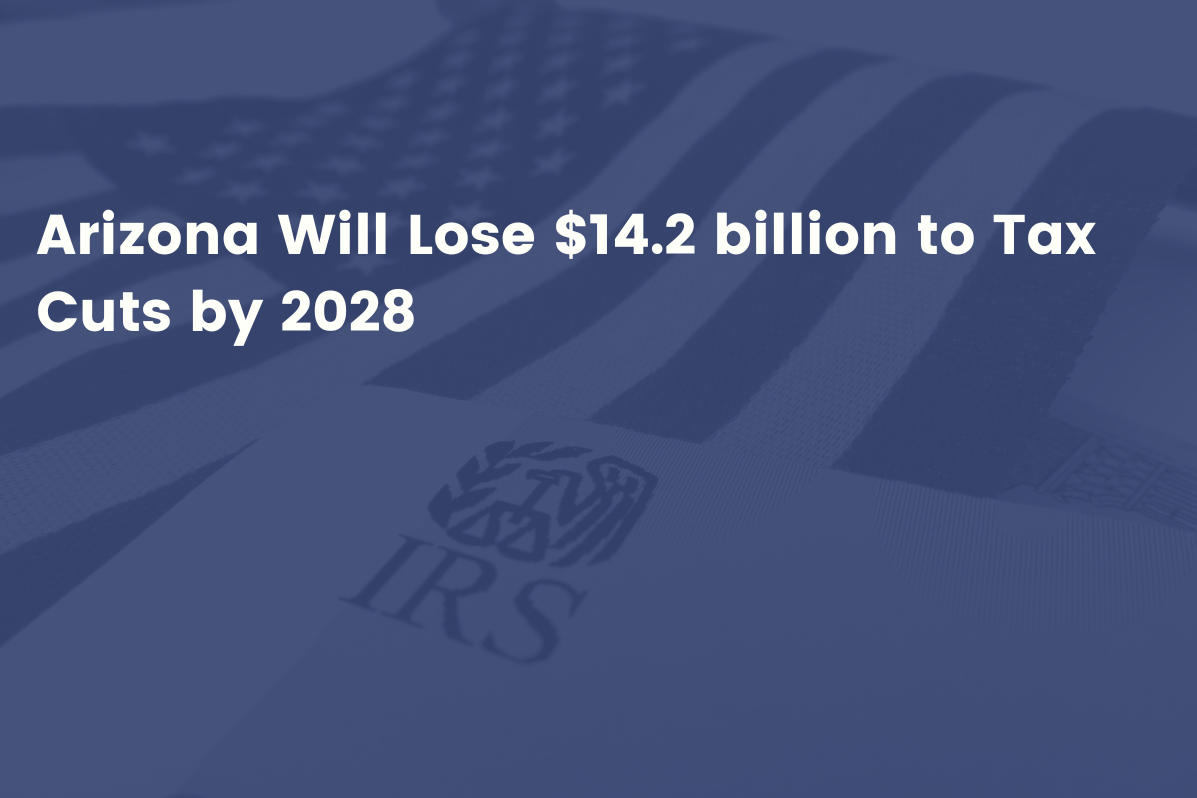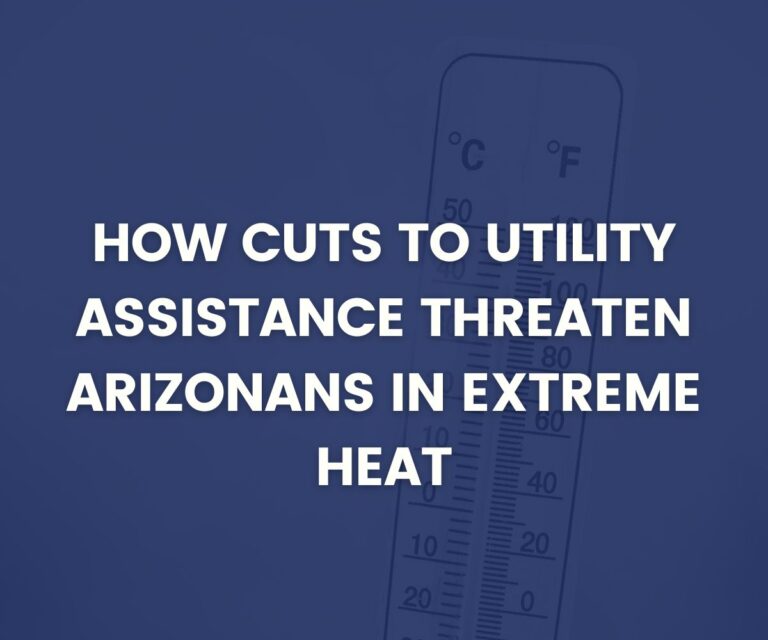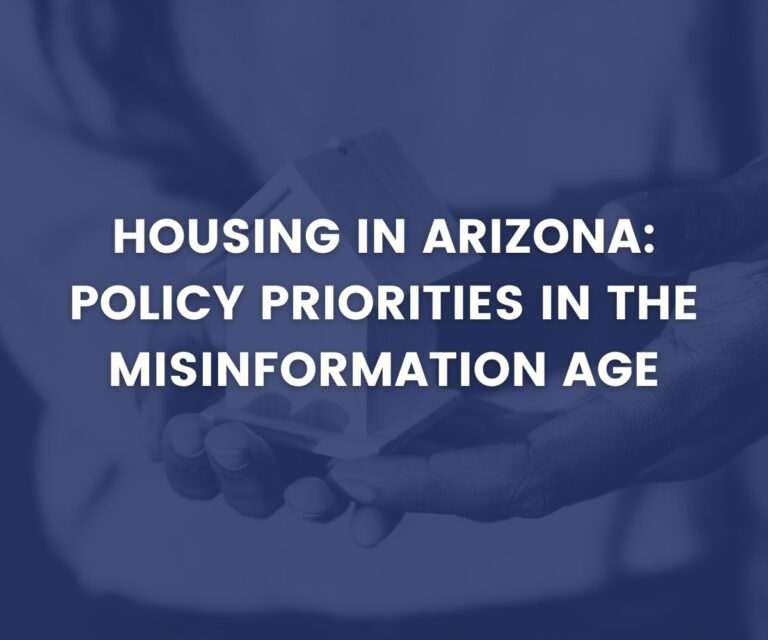
Arizona Will Lose $14.2 billion to Tax Cuts by 2028
In recent years, policymakers in Phoenix joined their counterparts in more than half the states across the country on a historic revenue-reduction spree that shifted public funds away from public investments and toward tax cuts that primarily benefit wealthy households and corporations.
Those personal income tax cuts have already cost Arizona $2.2 billion and will cost an additional estimated $12 billion by 2028, according to a new report by the Center on Budget and Policy Priorities (CBPP). That is a decline in general fund revenue of about 10.5 percent.
Those tax cuts — including those passed in Arizona in 2021— will grow more expensive over time, with more revenue lost each year that could have been used to provide education, address the housing crisis, and improve our transportation infrastructure.
“Arizonans face real challenges, but policymakers have cut the revenue we need to tackle those problems head-on,” said Joanna Mendoza of the Arizona Center for Economic Progress. “We have choices when it comes to our tax code. We don’t have to tilt the system toward the wealthy. We can ensure everyone pays their fair share and that we have the tools we need for our people and communities to succeed.”
Over the past three years, 26 states enacted cuts to personal or corporate income taxes or both. And 13 of those states cut taxes multiple times during that period.
The cuts will shrink revenues by roughly $29 billion annually by 2028, according to CBPP. Cumulatively, they will have cost states roughly $124 billion by that time. The costs will continue to grow if policymakers do not reverse course.
“The recent surge of state personal and corporate income tax cuts is historically large in size and scope,” said Wesley Tharpe, senior advisor for state tax policy at CBPP and author of the new report. “State revenues aren’t just a number on a spreadsheet. They are critical resources that support families, communities, and our economy. Tax cuts on this scale will seriously hamper states’ ability to adequately fund current services or meet future challenges.”
The report notes that while 26 states cut tax rates in the past three years, others chose a different path.
For example, Washington established a new tax on capital gains received by the wealthiest 0.2 percent of taxpayers that’s expected to raise at least $500 million in new annual revenue for childcare and school improvements and construction. Massachusetts approved a millionaire’s tax that will raise $2 billion annually for public education and transportation.
“As we look ahead to the new year, policymakers should prioritize meeting the demands of both the present and the future, not tax cuts for those at the top,” Mendoza said.



